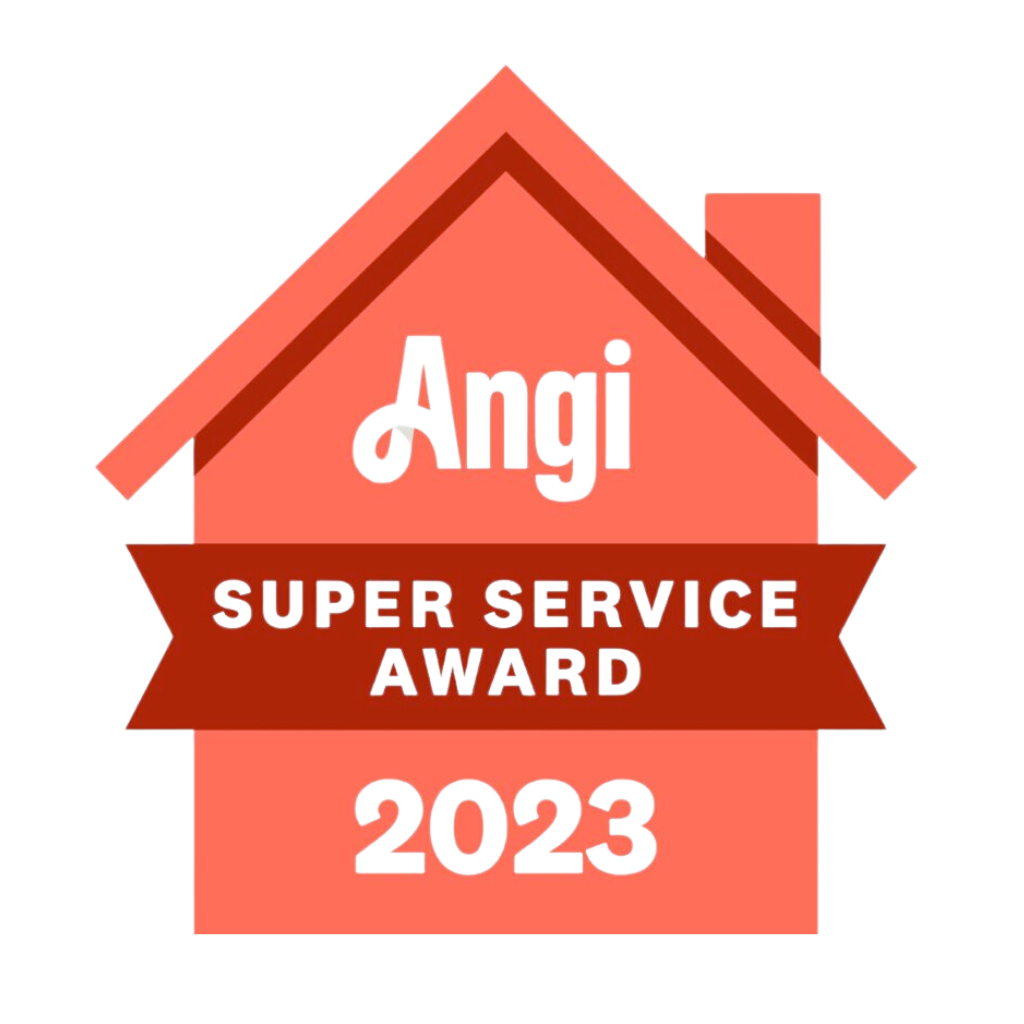Air conditioning units provide welcome relief from the heat during the summer months. However, like any machine, AC systems require periodic maintenance and repairs to operate at peak efficiency. Some common air conditioning problems like dirty filters or debris buildup can be addressed with basic DIY troubleshooting. However, repairs involving refrigerant, gas lines, or electrical work should only be performed by licensed HVAC technicians due to safety risks.
The following sections cover essential tools, preventative maintenance, and when to upgrade to professional repairs to help you maximize the lifespan of your AC. Improper maintenance or pushing DIY repairs too far can risk thousands in repairs or replacement costs. Investing in preventative HVAC tune-ups is recommended annually.
Essential Tools and Safety Gear
Having the proper equipment is vital for safely completing basic air conditioning maintenance tasks and routine repairs. Investing in quality tools like protective gear, testing devices, and basic hand tools reduces safety risks when working around electrical and mechanical AC components.
The right equipment allows you to safely handle basic air conditioner unit maintenance:
- Safety glasses and gloves to protect from debris and harsh cleaning chemicals
- Non-contact voltage detector to avoid electrocution hazards
- Vacuum with soft bristle brush attachment for cleaning external condenser coils
- Flashlight to inspect dark areas of the unit
- Multimeter for testing capacitors, fuses, and connections
- Screwdrivers, wrenches, pliers, wire cutters/strippers
- Ladder to safely access rooftop condenser units
Always unplug your AC unit and turn off the electrical breakers connected to it before any maintenance or repairs. Never reach into a condenser fan without first ensuring the fan blades are immobilized.
For information on costs, read our guide on Factors Influencing AC Repair Costs.
Inspecting Your Air Conditioning System
Carefully inspecting both the condenser and evaporator units of your air conditioning system is the first step toward proper maintenance and detecting necessary repairs. Use the following checklist to visually assess the key components of your AC during seasonal startups or any time mechanical cooling issues arise:
- Check condenser and evaporator coils for excess dirt buildup or debris blocking airflow. Use a flashlight to look for leaves, grass clippings, or other obstructions between fins or fans.
- Examine the overall exterior for cosmetic damage. Look for signs of weathering like rust spots, dents, cracked housing panels, or insulation that could undermine performance.
- Trace the refrigerant lines along their entire route looking for leaks, dents, kinks, or damage from lawn equipment or rodents. Verify service valves are intact.
- Remove and check the status of all exterior access panels and covers. Reinstall properly once the inspection is complete.
- Inspect both return and supply air filters. Replace if dirty based on manufacturer guidelines (typically every 1-3 months).
- Follow drain lines from the evaporator pan and inspect for blockages that could cause leaks.
- Check control wiring and connections for tightness or fraying.
Some issues like excessive debris buildup or dirty filters can be addressed through regular DIY maintenance. For any signs of component wear or refrigerant leaks, call an HVAC technician.
Check out our guide on addressing issues in your AC system ductwork for more specialized information.
Basic Maintenance Tips
While advanced repairs require professional technicians, some DIYers who have AC knowledge can handle basic tasks that safeguard system reliability and efficiency. Taking simple preventative steps extends the operating lifespan of your air conditioner.
Simple maintenance to perform includes:
- Cleaning Dirty Evaporator Coils: Carefully vacuum debris from exposed interior fan and coil components. A soft brush attachment avoids damaging thin metal fins as you dislodge dirt buildup.
- Replacing Air Filters Regularly: Check return duct filters monthly and replace them per manufacturer guidelines, typically every 1-3 months. Clogged filters reduce cold airflow.
- Clearing Nearby Debris: Trim back vegetation contacting exterior low voltage wire connections or touching the condenser cabinet. Remove sticks, grass clippings and other debris obstructing unit airflow or contacting moving fan blades.
- Checking Air Ducts: Verify all supply and return ductwork is intact without detached sections limiting airflow or cooling capacity. Secure any loose sections with metal tape.
While the above basic tasks are reasonable DIY repairs using proper protective gear, attempting complicated repairs risks greater equipment damage or personal injuries. Consult professional manuals before attempts.
Ultimately, the most cost-effective AC maintenance strategy involves having a licensed HVAC technician perform a seasonal tune-up to catch underlying issues and correctly recharge refrigerant levels based on unit size and environmental factors. DIY efforts help maintain cooling between annual checkups.
For more information, read our DIY Guide on Repairing and Maintaining Your AC Unit.
When to Call for Professional Maintenance
Even after following DIY maintenance tips, every home air conditioner needs an annual professional tune-up to maximize performance and lifespan. HVAC repair professionals have the training, tools, and resources to thoroughly assess your system’s health and catch small issues before they become expensive breakdowns.
Benefits of using an air conditioner repair professional include:
- Identifying Refrigerant Leaks: Technicians can find tiny coolant line leaks and legally recharge your specialized refrigerant to precisely calibrated levels. DIYers risk illegally releasing greenhouse gases if they incorrectly handle canisters.
- Electrical Safety: Certified technicians safely diagnose issues with fuses, wires, low voltage connections, circuit boards, and other potentially hazardous components using proper protective equipment.
- Correctly Sizing Parts: Rather than guessing, pros select replacement filters, belts, or capacitors optimized for your actual system’s technical specifications.
Professional preventative maintenance also covers legally capturing and recycling old refrigerant rather than improperly venting it as a DIYer might when removing an AC part. Always verify any replacement parts or repairs qualify under your home air conditioner’s warranty too.
Remember that attempting extensive DIY repairs on an air conditioning unit risks electrocution, gas leaks, and further equipment damage without proper HVAC training. Annual professional tune-ups optimize efficiency and lifespan as certified technicians safely handle refrigerants, accurately troubleshoot, and customize parts replacements.
The Logan Difference
When it comes to heating and cooling installation, maintenance, and repair services, Logan Services A/C, Heat & Plumbing stands apart as a trusted provider that treats customers like family.
What sets Logan Services A/C, Heat & Plumbing apart is our longstanding commitment to delivering exceptional warmth and comfort to Dayton, Cincinnati and Columbus area homes. As a family-owned heating and cooling provider operating since 1969, our experienced technicians take pride in taking the stress out of properly functioning HVAC systems season after season.
From installation to repair, we explain all your options clearly so you feel confident in the best solution for your home’s needs and budget—that is the Logan Difference. Our staff offers fast, reliable installation and repair appointments to diagnosis any issues quickly and correctly the first time. This saves you money over our competitors still learning the nuances of equipment longevity.
From Trane to Rheem and other top HVAC brands, Logan leverages strong industry partnerships to provide homeowners diverse solutions backing our workmanship guarantee.
Contact us or schedule a free in-home estimate with one of our system experts today.
Frequently Asked Questions
What basic maintenance can I do myself?
You can safely replace air filters, clear outside debris around the outdoor condenser unit, clean exterior coils with a rinse or compressed air, check wiring for damage, and clear drain lines. For all other maintenance, it is best practice to enlist professional service.
How often should I replace AC air filters?
Most manufacturers recommend replacing filters every 1-3 months for optimal airflow and efficiency. Check monthly and replace when visibly dirty.
Why does my AC freeze up sometimes?
Ice buildup on AC coils happens when filters get excessively dirty, airflow is obstructed, coolant levels are too low, or the unit is oversized for the space. Call a technician if it persists despite maintenance.
What are signs I may need professional repairs?
Loud noises, no power, leaks, warm air blowing on cold settings, frozen evaporator coils, dangerous electrical issues, and refrigerant handling needs require certified HVAC technician diagnosis and repair.
Will DIY repairs void my AC warranty?
It depends. Basic maintenance likely won’t, but installing incorrect replacement parts or attempting extensive repairs can void manufacturer coverage since it risks further damage. Check warranty terms before doing anything beyond routine external cleaning.




















